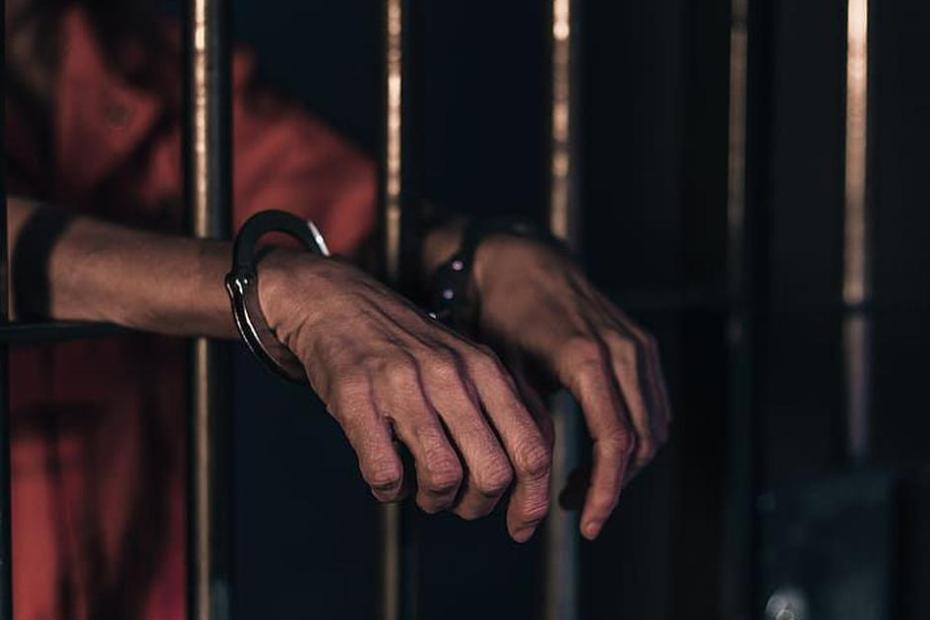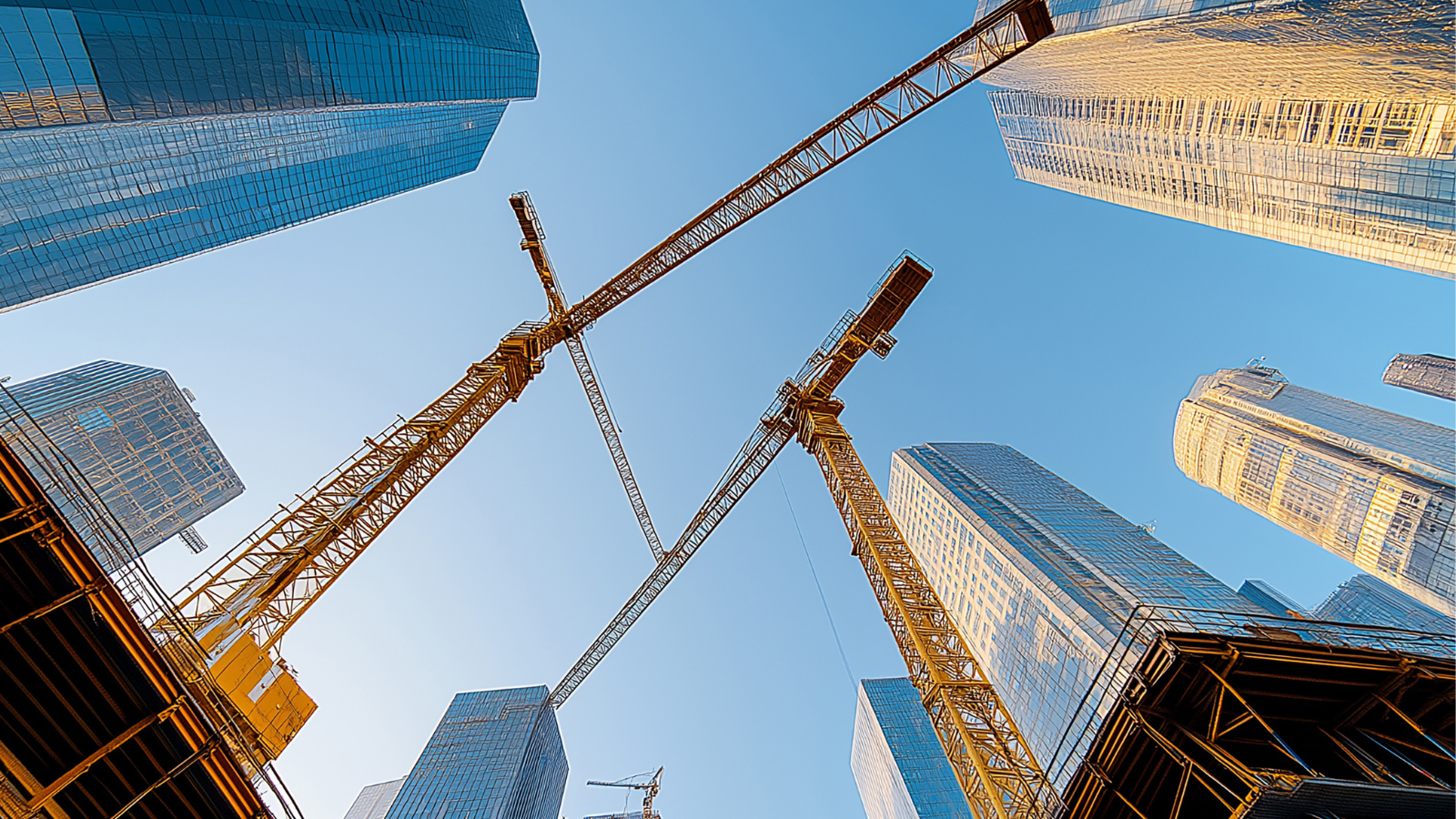- Courses
- GS Full Course 1 Year
- GS Full Course 2 Year
- GS Full Course 3 Year
- GS Full Course Till Selection
- Answer Alpha: Mains 2025 Mentorship
- MEP (Mains Enrichment Programme) Data, Facts
- Essay Target – 150+ Marks
- Online Program
- GS Recorded Course
- Polity
- Geography
- Economy
- Ancient, Medieval and Art & Culture AMAC
- Modern India, Post Independence & World History
- Environment
- Governance
- Science & Technology
- International Relations and Internal Security
- Disaster Management
- Ethics
- NCERT Current Affairs
- Indian Society and Social Issue
- NCERT- Science and Technology
- NCERT - Geography
- NCERT - Ancient History
- NCERT- World History
- NCERT Modern History
- CSAT
- 5 LAYERED ARJUNA Mentorship
- Public Administration Optional
- ABOUT US
- OUR TOPPERS
- TEST SERIES
- FREE STUDY MATERIAL
- VIDEOS
- CONTACT US
7 Landmark Judgements by CJI D.Y. Chandrachud
7 Landmark Judgements by CJI D.Y. Chandrachud
08-11-2024
- As this week marks Justice Dhananjaya Yeshwant (D.Y.) Chandrachud final days as the 50th Chief Justice of India, let’s reflect on some of the most significant decisions and developments in the Supreme Court during his tenure, in which he has played a crucial role since his elevation to the Supreme Court in May 2016.
- From recognising the fundamental right to privacy, de-criminalising homosexuality and striking down the electoral bond scheme, his verdicts, that blend scholarship and jurisprudence, are likely to inform both future decisions and how the law is studied years after his retirement November 10.
Seven landmark judgements
- Justice K.S. Puttaswamy v Union of India (Right to Privacy Case)
- In August, 2017, a 9-judge bench of the Supreme Court of India in K. Puttaswamy v Union of India Case ruled unanimously that “the right to privacy is protected as an intrinsic part of the right to life and personal liberty under Article 21 and as a part of the freedoms guaranteed by Part III of the Constitution”.
- In this verdict, Justice D.Y. Chandrachud, along with all the other members of the Bench, explicitly overruled the Emergency-era judgment in the case of ADM Jabalpur v. Shivkant Shukla (April 28, 1976).
- It is notable that Justice Chandrachud's father, Y.V. Chandrachud, was part of the majority on the Bench that had previously ruled that the fundamental right to life was a gift of the Constitution and could be suspended during an Emergency.
- Shafin Jahan v Union of India (Hadiya case)
- In the famous Hadiya case, the Supreme Court said that “The right to marry a person of one’s choice is integral to Article 21 (right to life and liberty) of the Constitution”, and set aside a 2017 order of the Kerala High Court which annulled the marriage of Kerala Muslim convert girl Hadiya and Shefin Jahan.
- In this case, the 3-judge bench delivered two separate detailed concurring judgments, one by Chief Justice Dipak Misra and Justice A M Khanwilkar and the other by Justice D Y Chandrachud.
- Justice Chandrachud wrote, “The choice of a partner whether within or outside marriage lies within the exclusive domain of each individual. Intimacies of marriage lie within a core zone of privacy, which is inviolable. The absolute right of an individual to choose a life partner is not in the least affected by matters of faith. The Constitution guarantees to each individual the right freely to practise, profess and propagate religion. Choices of faith and belief as indeed choices in matters of marriage lie within an area where individual autonomy is supreme…Neither the state nor the law can dictate a choice of partners or limit the free ability of every person to decide on these matters. They form the essence of personal liberty under the Constitution”,
- Government of NCT of Delhi v Union of India
- In this case, the question of the regulation of services was a major part of the overall dispute between the elected government in Delhi and the Lieutenant Governor (LG) nominated by the Centre.
- In its verdict, the 5-judge constitution bench, headed by Chief Justice of India DY Chandrachud, held that the legislature has control over bureaucrats in administration of services, except in areas outside the legislative powers of the National Capital Territory (NCT). There are three areas outside the control of Delhi government: public order, police and land.
- The CJI said, “The legislative and executive power of the Government of National Capital Territory of Delhi (GNCTD) over entry 41 shall not extend over to services related to public order, police and land. However, legislative and executive power over services such as IAS or joint cadre services, which are relevant for the for the implementation for the policies and the vision of NCTD in terms of day to day administration of the region shall lie with the NCTD.”
- Navtej Johar v Union of India
- In June 2016, Navtej Singh Johar, a Sangeet Natak Akademi awardee Bharatnatyam dancer, and four others, all members of the LGBTQI community themselves, filed a writ petition in the Supreme Court challenging IPC 377 (The Naz Foundation case was a PIL.)
- In its verdict, a 5-judge Constitution Bench struck down IPC Section 377 to the extent that it criminalised homosexuality. The ‘Navtej’ ruling essentially said that the LGBTQ community are equal citizens and underlined that there cannot be discrimination in law based on sexual orientation and gender.
- DY Chandrachud was part of the five-judge Constitution Bench along with Chief Justice of India Dipak Misra and Justices R F Nariman, A M Khanwilkar and Indu Malhotra.
- Property Owners Association and ors v State of Maharashtra and Ors
- In this case, a 9-judge bench of the Supreme Court ruled that not all private property can be deemed “material resource of the community” for redistribution in Article 39(b) of the Constitution.
- In verdict, Chief Justice of India D Y Chandrachud wrote for the majority ruling for himself, and Justices Hrishikesh Roy, J.B. Pardiwala, Manoj Misra, Rajesh Bindal, Satish Chandra Sharma and Augustine George Masih; Justice BV Nagarathna penned a concurring opinion while Justice Sudhanshu Dhulia dissented.
- Electoral Bonds Case
- In February 2024, a 5-judge Constitution Bench of the Supreme Court, led by Chief Justice of India D Y Chandrachud, unanimously ruled against the Centre’s electoral bond scheme for political funding.
- In its judgement, the Court declared that amendments to the Income Tax Act and Section 29C of the Representation of Peoples Act unconstitutional. The Court also said the State Bank of India (SBI) will “forthwith stop the issue of electoral bonds” and furnish all details of those who have encashed the bonds so far.
- M Siddiq (D) Thr Lrs v. Mahant Suresh Das & Ors
- In this case, a 5-judge Constitution Bench of the Supreme Court, in a unanimous verdict, ruled that the entire disputed land be handed over to a trust to be constituted for construction of a Ram temple and that Muslims, in the name of “equity”, be given five acres of either the acquired land near the site or at “a suitable prominent place in Ayodhya” for building a mosque.
- D Y Chandrachud was the part of the bench along with CJI Ranjan Gogoi, Justices S A Bobde, Ashok Bhushan and S A Nazeer. Through this judgement SC overturned the September 30, 2010 judgment of the Allahabad High Court which had ordered three-way division of the disputed 2.77 acres between the Nirmohi Akhara sect, the deity Ramlalla Virajman and the UP Sunni Central Waqf Board.




